Here’s a simple guide for determining when to prune deciduous trees in fall: prune when foliage shows fall color but before the leaves drop.
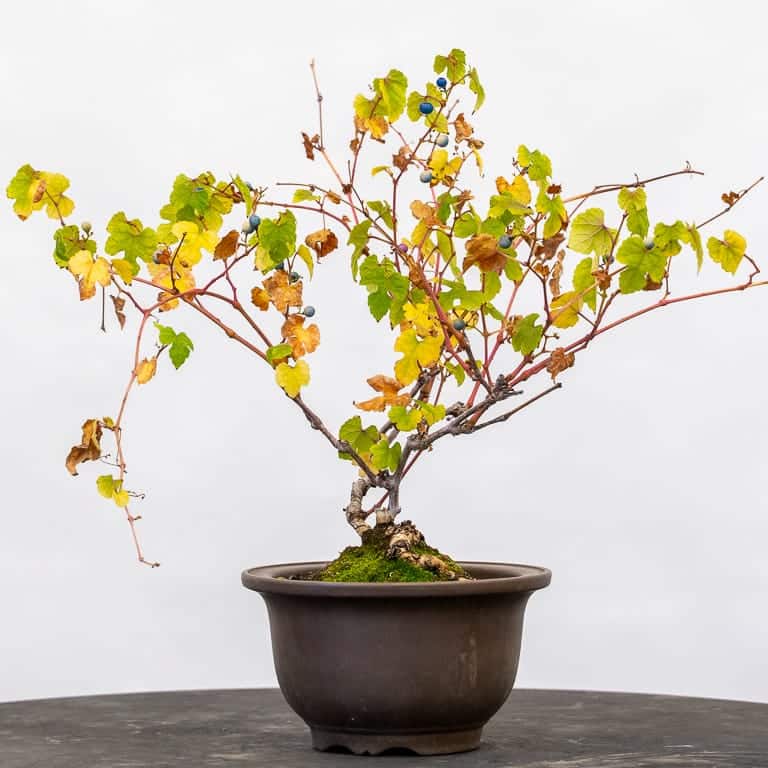
Porcelain berry ready for fall pruning
The timing doesn’t need to be exact, but there are a few things to keep in mind.
If the foliage is still green, the tree has yet to recapture all of the nutrients in the leaves before letting them drop. As a result, pruning early removes more resources than pruning later.
Pruning early can also encourage the tree to produce new growth before winter. This can be very stressful for bonsai as trees typically store enough resources for leafing out in spring, but not enough resources to leaf out in fall and again in spring.
Pruning too late can create similar problems. If all of the leaves have fallen, the tree may be dormant and unable to effectively deal with the wounds created by pruning.
Large wounds require more time to callus over than small wounds. As a result, it’s best to remove large branches in spring instead of fall so the tree can close its wounds as quickly as possible. (If you have to remove a large branch in fall, leave a stub that you can fully reduce in spring.)
Depending on your climate and the species in your garden, the window for fall pruning can be long or it can be brief.
Winters are mild where I live so some trees are growing strong now and will continue to grow through the end of the year.
Chinese quince, for example, can survive very cold winters. Here in the Bay Area, they don’t always lose their leaves in winter. Right now, they are growing vigorously.
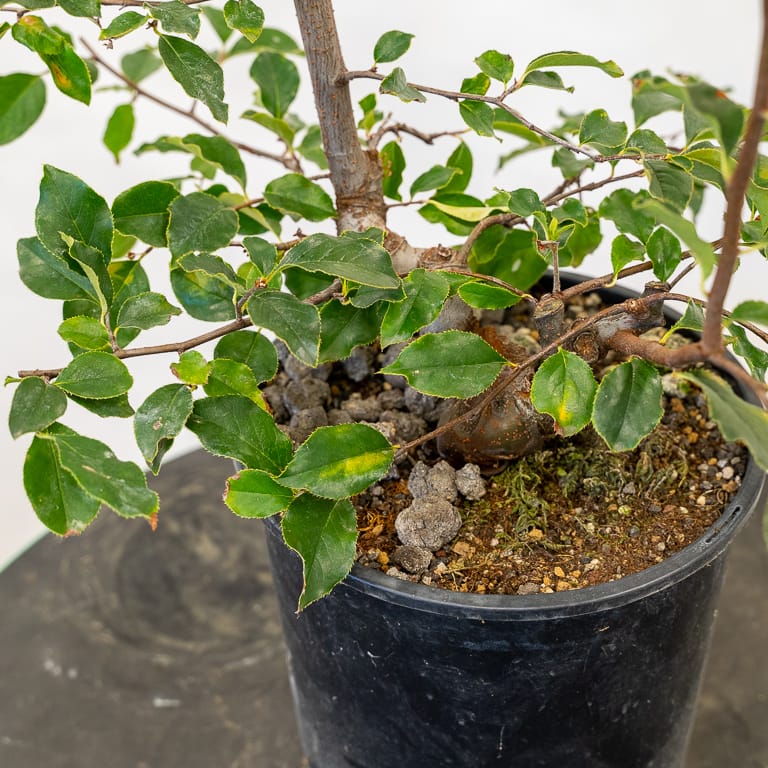
Chinese quince
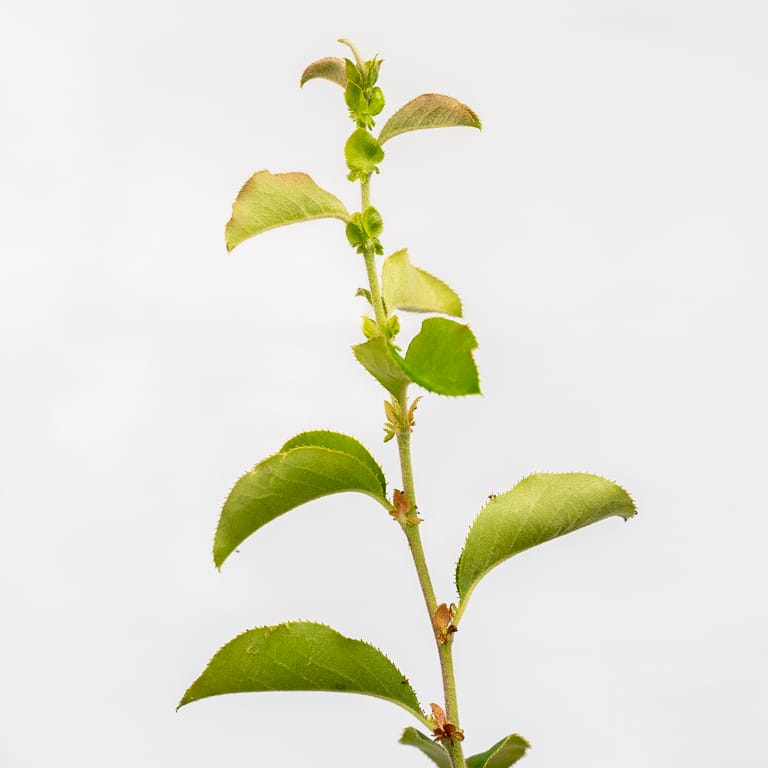
New quince foliage in October
Trident maples aren’t as hardy as quince, but they are still growing strong right now.
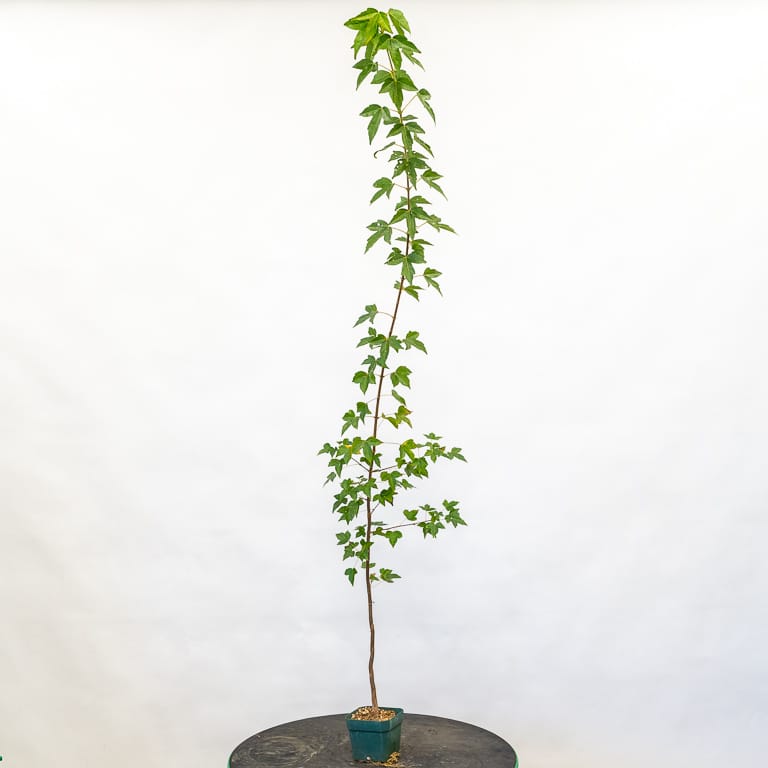
Young trident maple
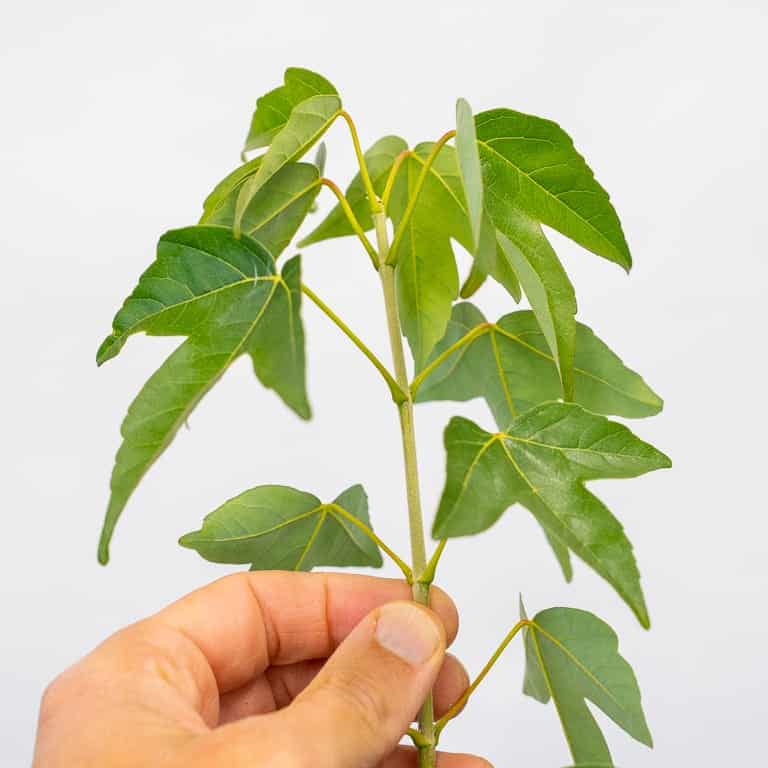
Fresh trident maple foliage in October
Often the old leaves yellow and fall away before the newest leaves change color on trident maples, so I expect the lower leaves to fall away long before the newer ones. And if the newer ones still look good in late-November, I’ll remove them to force a brief dormancy.
Another thing to watch out for is that not all trees of the same species go dormant at the same time. Most of my Korean hornbeams, for example, still look healthy, but one has started to fade and is now ready for pruning.
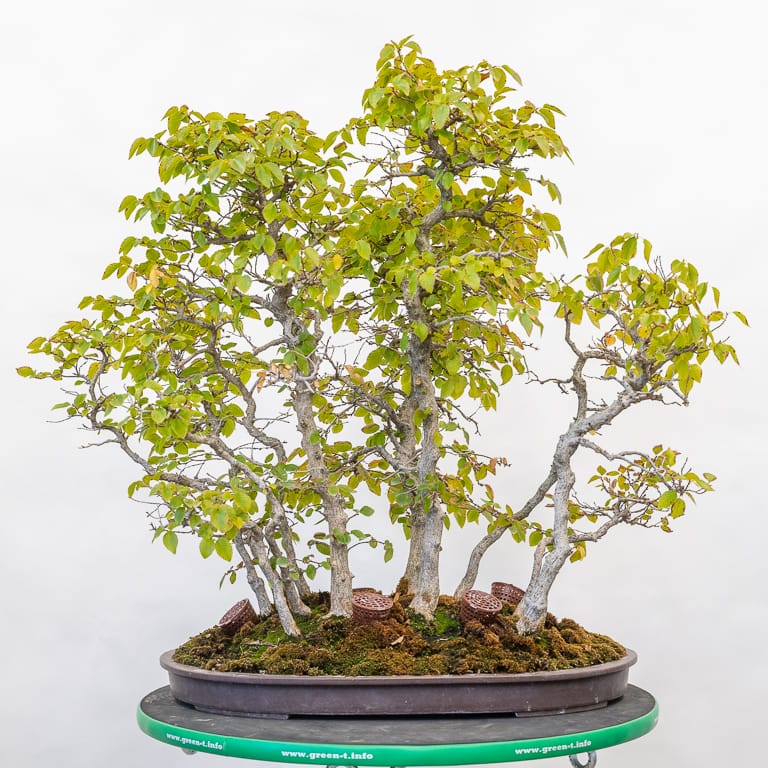
Korean hornbeam with faded foliage
Young crab apples, on the other hand, are only starting to show fall color and won’t be ready for pruning for several weeks.
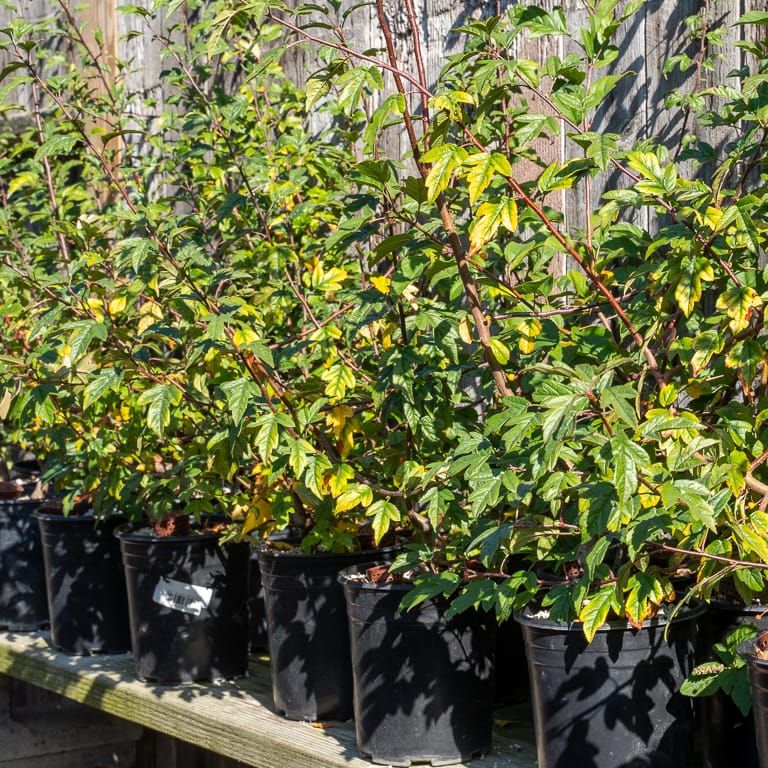
Yellow leaves starting to appear on crab apples
I don’t always have time to prune my trees at the optimal time, so I sometimes start fall pruning on the early side. I try to avoid making cuts that will stimulate new growth in the current year, but when I do see new growth, I make note of it as a reminder to prune later the following year.
Have additional tips for fall pruning? Feel free to note them in the comments below.
The post Timing for fall pruning appeared first on Bonsai Tonight.
